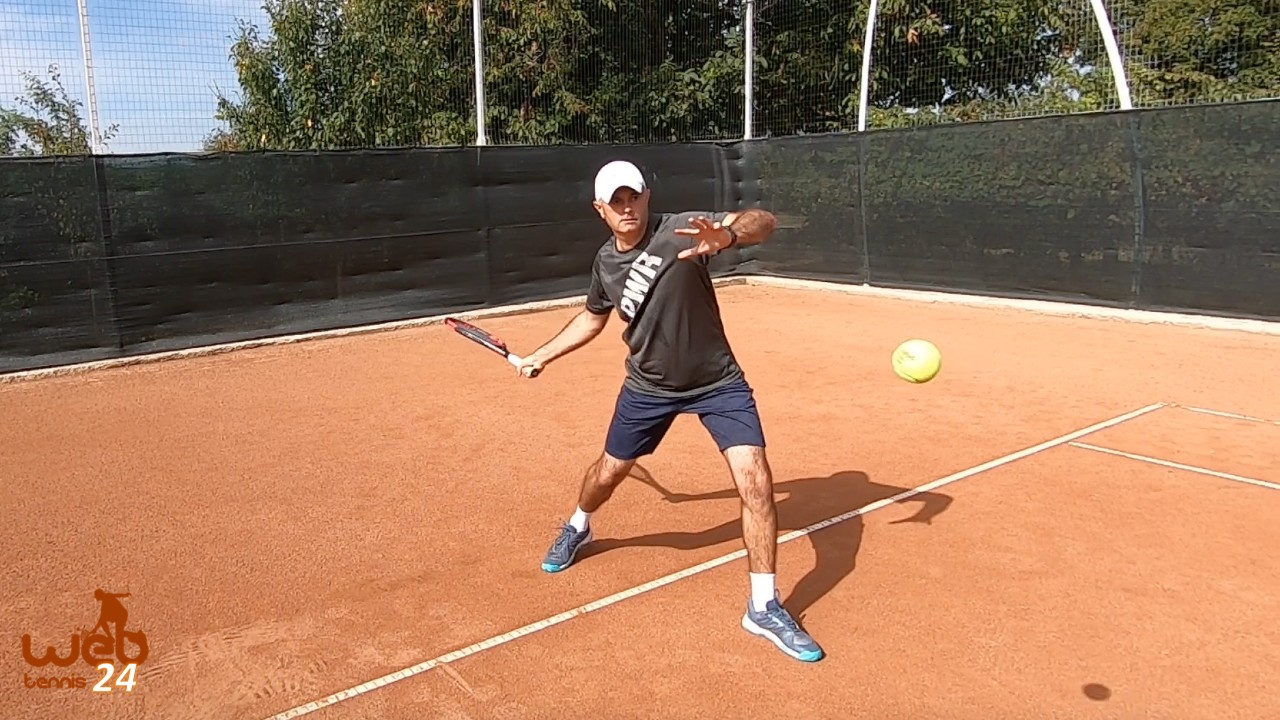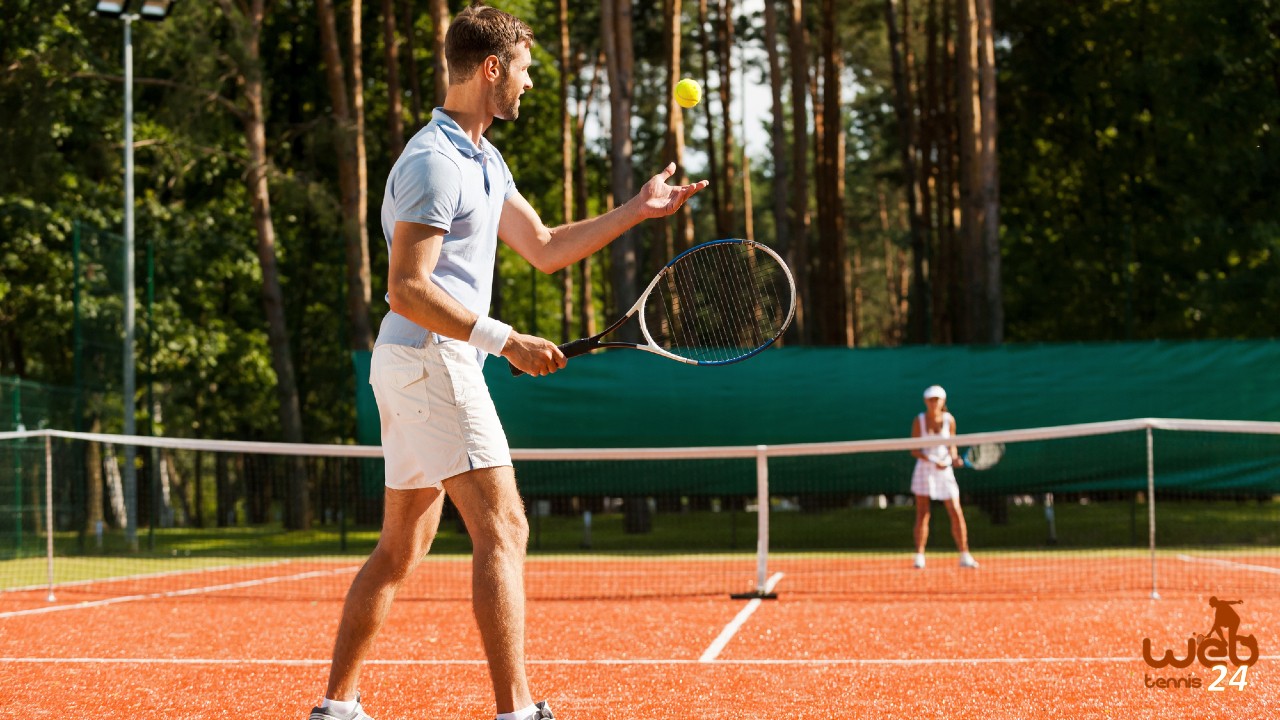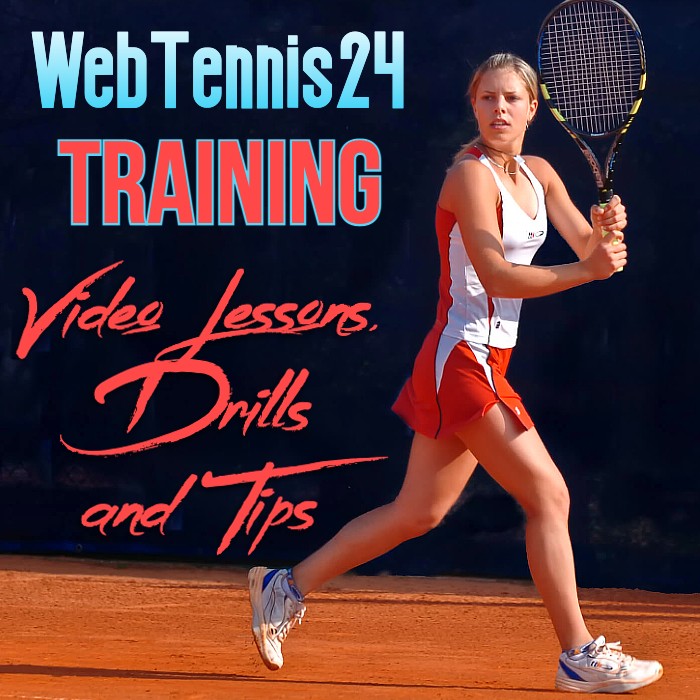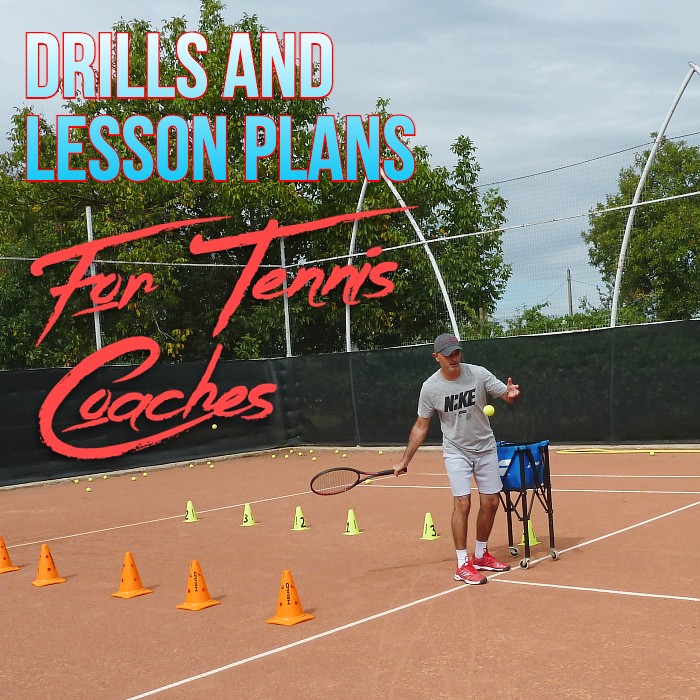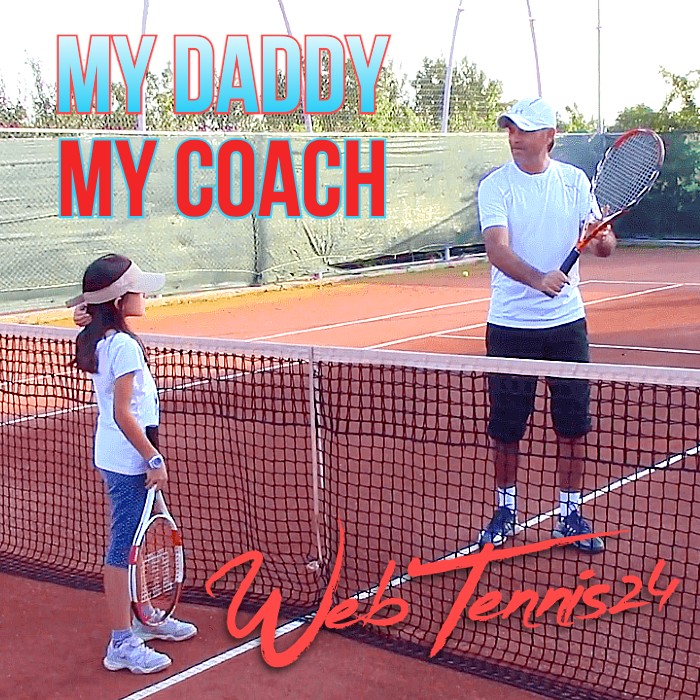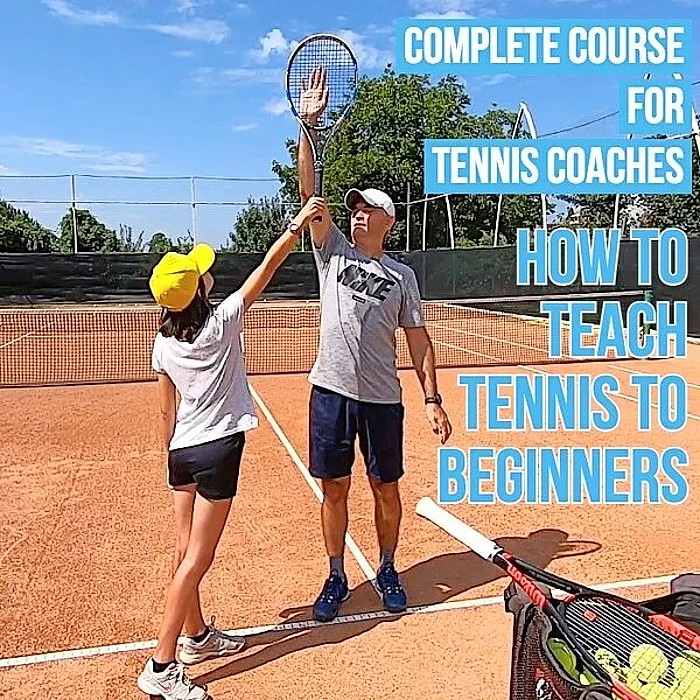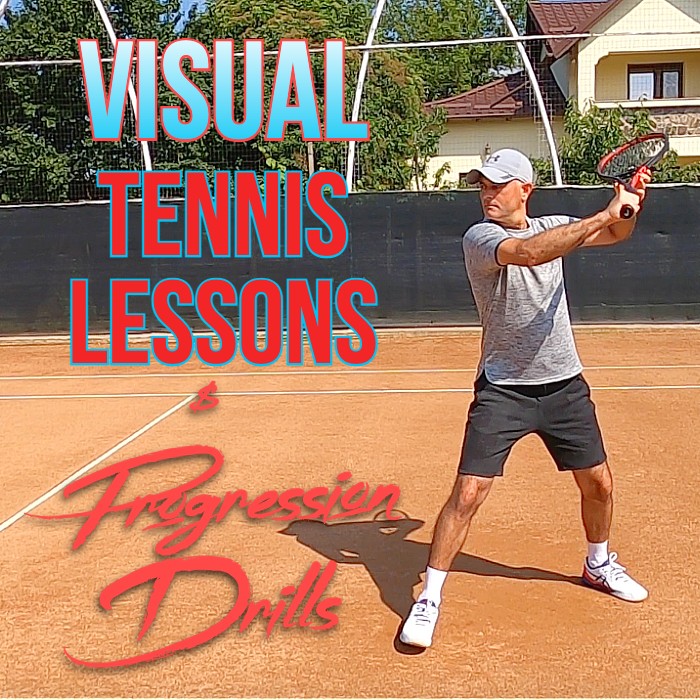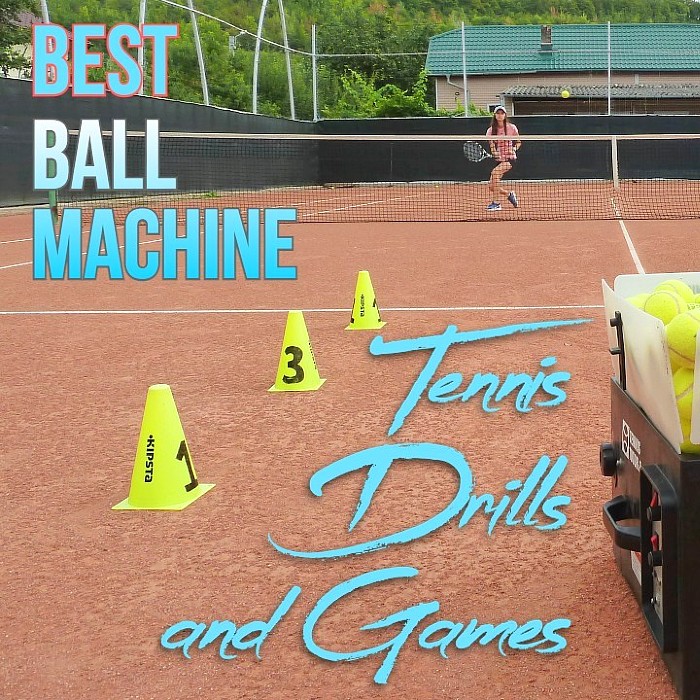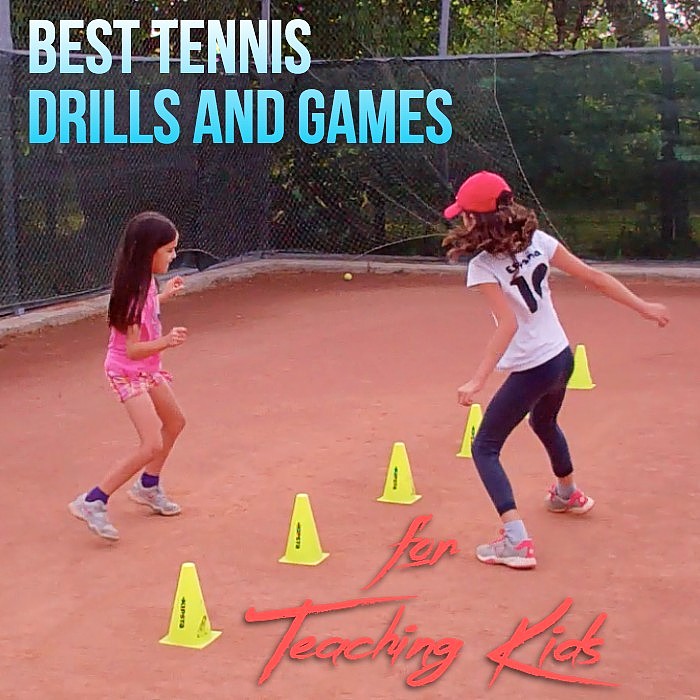6 Steps to Becoming a Consistent Player… Under Pressure
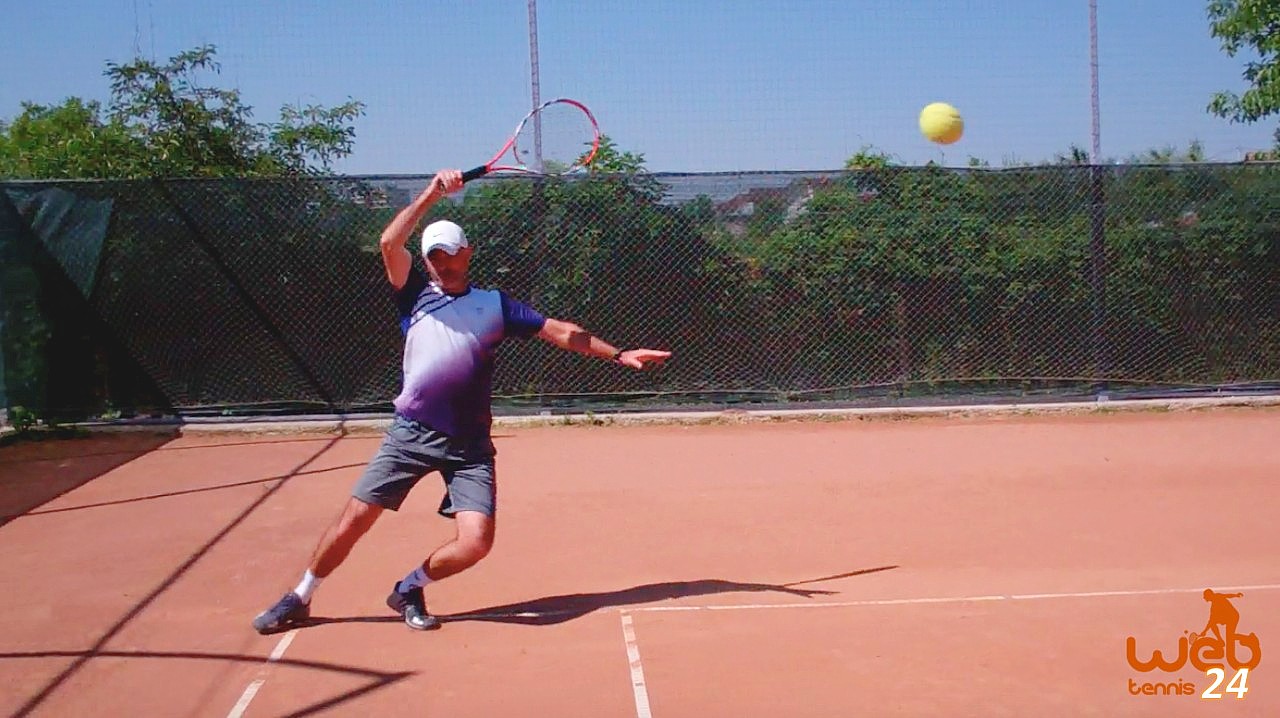
Groundstroke consistency, which you can rely on in a pressure situation (match, competition, tournament), is not something you develop through repetition. There is more to it…
When I decided to switch from a two-handed backhand to one-handed I knew that the first thing to learn was the technique.
That was the easy part…
A few hundreds of shots against the wall, then a few hours of rallying with my practice partner, made me confident that from there on I should be able to apply my newly learned one-handed backhand in matches.
This is where things got interesting… in not a good way.
My new one-handed backhand was actually not a reliable shot when nerves took over. The fear of missing my backhand made my muscles tight and my strokes became a “push”, the depth being a matter of barely getting the ball over the net.
What happened, you might say…?
Having confidence in our tennis strokes is a process that should be understood and built through smart progressions and repetitions.
It is one thing to be able to hit a tennis shot technically well, which is different than the ability to execute your shot under pressure, consistently.
So let’s go back to the main idea of this article: how to improve your groundstroke consistency… under pressure.
There is a progression that I would like to suggest to you. Following it, you might be able after all to hit your one-handed backhand, volley, or forehand groundstroke with the consistency that you desire.
So here we go!
1. Learn the Technique.
Spend some time studying the pros but don’t expect to hit like them anytime soon. Perhaps if you spend as many hours on the court as they do, then yes, you might expect to play like them.
Learn the proper progression drills or step-by-step technical elements of the strokes. I taught myself how to hit a one-handed backhand in a few days only because I followed a simple progression beginning with the point of contact and adding the follow-through.
Once you understand the importance of the main elements, the rest comes easy.
2. Practice the Technique.
My favorite way of practicing the technique is with a ball machine. There is no pressure from a tennis partner or a coach to perform in a certain way.
Of course, having a certified tennis coach has a lot of advantages because they will give you the feedback you need to improve a lot faster. But if you know what you need to do and follow a progression process, using a ball machine is one of the best ways to learn and improve your tennis strokes.
And the third way would be to find a “patient” practice partner who is willing to toss some balls for you and give you feedback.
Tip: Filming yourself playing/practicing is a great way to get feedback and analyze the aspects you need to improve.
3. Drills, Drills, Drills.
Once you become comfortable with the technical part and add in some low-pressure practice, the next step would be to move on to drills in which you rally with a practice partner.
The purpose of these drills can vary. Here, too, I suggest you follow a progressive method:
1) Consistency – rally with a partner trying to achieve a certain number of balls you hit in a row (no mistake) over the net; eg. 25 shots in a row and if a mistake is made start it all over.
2) Placement – the next step is the ability to place/direct the ball to a certain area of the court (e.g. 20 backhands cross-court; 20 forehands down-the-line; then aim for more).
Again, you can do this consistency and placement practice with a partner, or use a ball machine.
4. Practice Your Strokes Under Pressure.
This is the next level of learning and improving your groundstrokes before applying them in a match.
Here I will tell you a short story:
Once I had a tennis student, an older gentleman who was a well-educated and accomplished professional in the medical field. He hired me to teach him how to play his forehand using a “modern” grip, the semi-western. Up to that point, he was hitting his forehand ground stroke using a continental grip (also called “hammer”).
It took me a couple of lessons to teach him the concept of hitting with a semi-western grip (new stance, point of contact, swing). And then he was eager to show his doubles buddies his new and improved forehand.
That was a mistake…
Although I cautioned him about not being ready to apply it in a pressure situation, he was confident that he was ready.
What followed was a lesson for him and for you too:
Under the excitement of showing his friends his new forehand, he put too much pressure on himself and got tense. He was playing in a different environment than the one he learned his new stroke: in front of his buddies, he was not as relaxed as he was on his private court and under my positive encouragement.
So what should have he done?
He should have followed the steps highlighted above and once he got to step 4 (this one), he needed to play some drills and games to introduce his new groundstroke to friendly, no-pressure competitions. Only then could he increase the pressure by playing more games and drills with friends or his tennis coach.
5. Play Low-Pressure Matches Using Your New Stroke.
After you followed the previous steps, invite your tennis practice partner to play a few sets where you use the groundstroke technique you just improved. You might still feel too nervous to relax your arm and go for your shots… You might still be afraid to hit at full speed out of fear of missing long or into the net.
What you need to do is tell your partner that you won’t be chasing a win out of this match; instead, your focus will be to see how you can handle the scoring pressure and how your shots will fair in different situations (being pulled wide, short balls, deep balls, etc.).
It is important to communicate the above to your partner so that they understand that you have a higher purpose than just winning a match. Your goal is to improve a stroke that still needs to get better. Take your time and feel your stroke, take mental notes where you make mistakes and where you feel more comfortable playing your shots. You might have a hard time with the high-bouncing balls, or the low-bouncing ones…
These are mental notes that you can use to improve your stroke at your next practice session. Be patient and take your time to analyze your shots under a low-pressure match. Then go back to more practice on the areas that need extra work.
6. After all that analysis you are now ready to apply your new stroke in a competitive and high-pressure situation: local tennis tournaments and even further.
As you can see, there is no shortcut to playing your best tennis. Patience and lots of work are necessary to reach your true potential.
It can be done – have a progressive system and you will learn or improve how to play your groundstrokes consistently, even under pressure.

Cosmin Miholca
Certified Tennis Coach
Check out my work at WebTennis24 where I share with you my best video tennis lessons, drills and tips for players, coaches and tennis parents.

